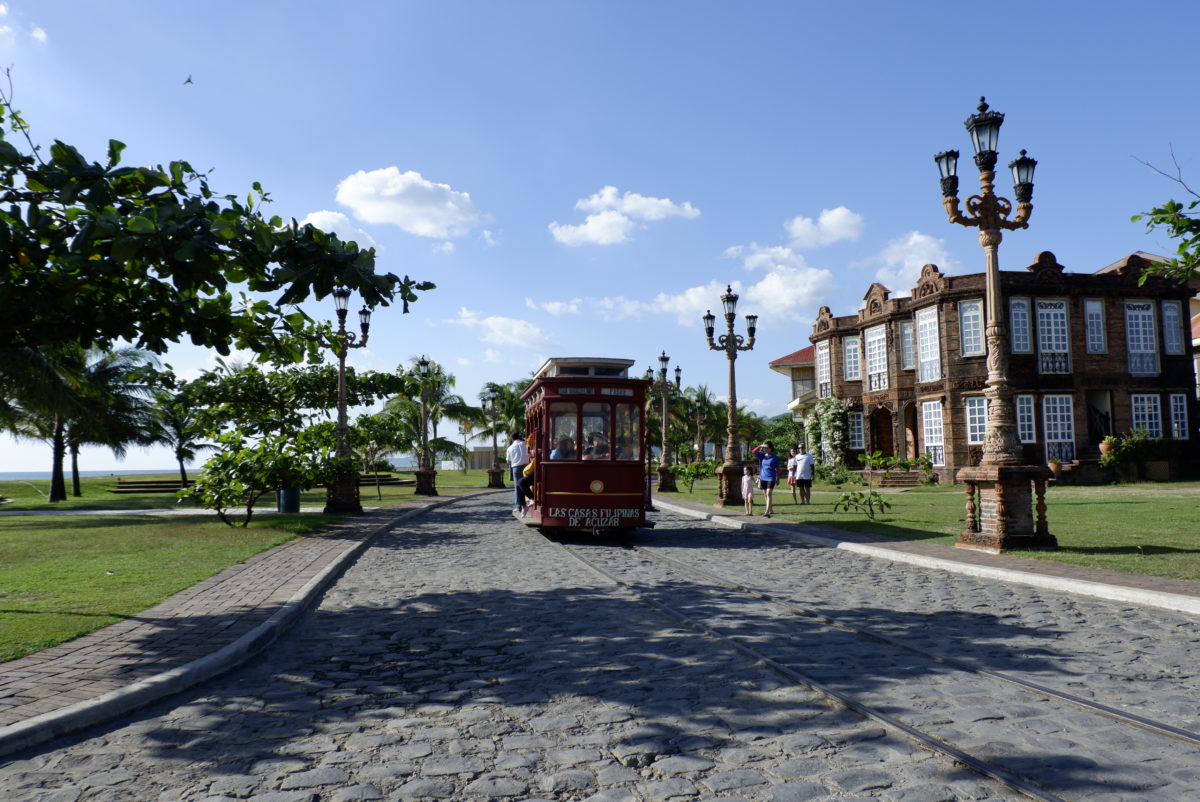Las Casas Filipina de Acuzar is a perfect destination for families who want to relax and unwind while celebrating our country’s history. A “vanguard of Filipino heritage,” not only is it a place where culture is taught; it is lived. Breathe in the life of Filipinos in decades past, and witness the transformation of historical pictures and narratives into solid wood and cobblestones as you and your family walk around the different structures of Las Casas Filipina de Acuzar.
I visited the beautiful compound with my FWA family, and fully intend to do the same with my parents in the future. But for all those who are still skeptical, let me narrate my experience on why it would be a beautiful weekend getaway for you and your family.
ENTRY
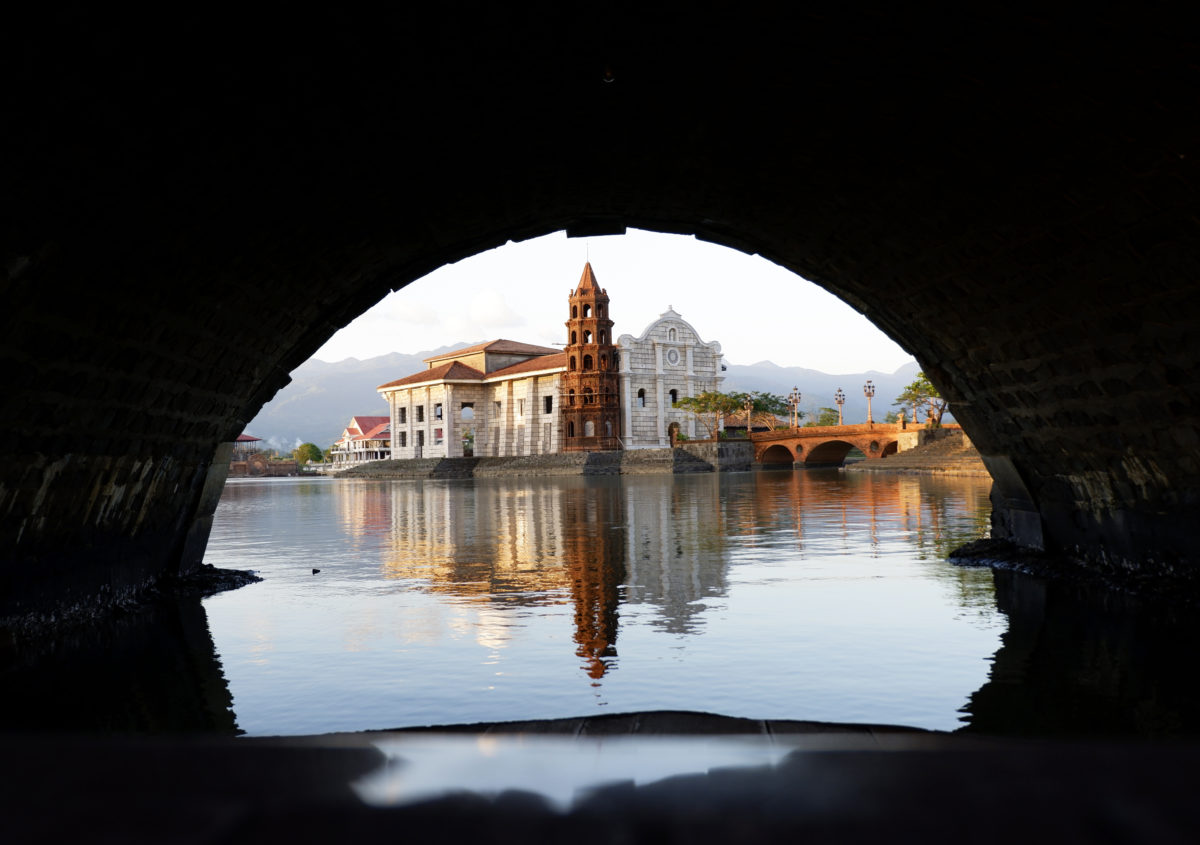
Our Las Casas experience started as we entered the gates. The guards, aptly dressed in the uniforms of Spanish era guardia civil, stopped us for a car pass. We were redirected to the reception area at Casa New Manila, where we were able to sneak a peek into the beautiful view that Las Casas had to offer.
We went to have a meal at Café Marivent. Located strategically at the second floor of the casa, the restaurant is convenient for relaxed lunches just before checking in. It was also a place that easily welcomed the afternoon breeze. After checking in, the staff asked us to leave our vehicle at the resort’s parking lot. We were officially ready to start our stay.
We were transported by a jeepney to Casa Tondo, where we stayed for a day and a half. We were met by a courteous staff who helped us unload our luggage. The short five-to-ten minute trip in between was a pleasant mini-tour of the compound. Personally, what I loved about the place was how clean and well-kept it was—with barely any pollution, and how obviously well-preserved the structures were. This isn’t to say that the local artists involved didn’t put their own spin into the artwork showcased within the resort. In fact, when we entered our room, we were in awe of the woodwork that adorned the walls, posts, and furniture, which were especially made by the local artisans employed by the resort.
During our tour, we learned that each heritage home, dubbed casa or accesoria according to their architecture, was perfectly unique. Some were exact replicas of previous houses in different parts of the country, deconstructed and rebuilt within the compounds of Las Casas, while some were directly sourced from the national archives, previously old blueprints brought to life by modern architects.
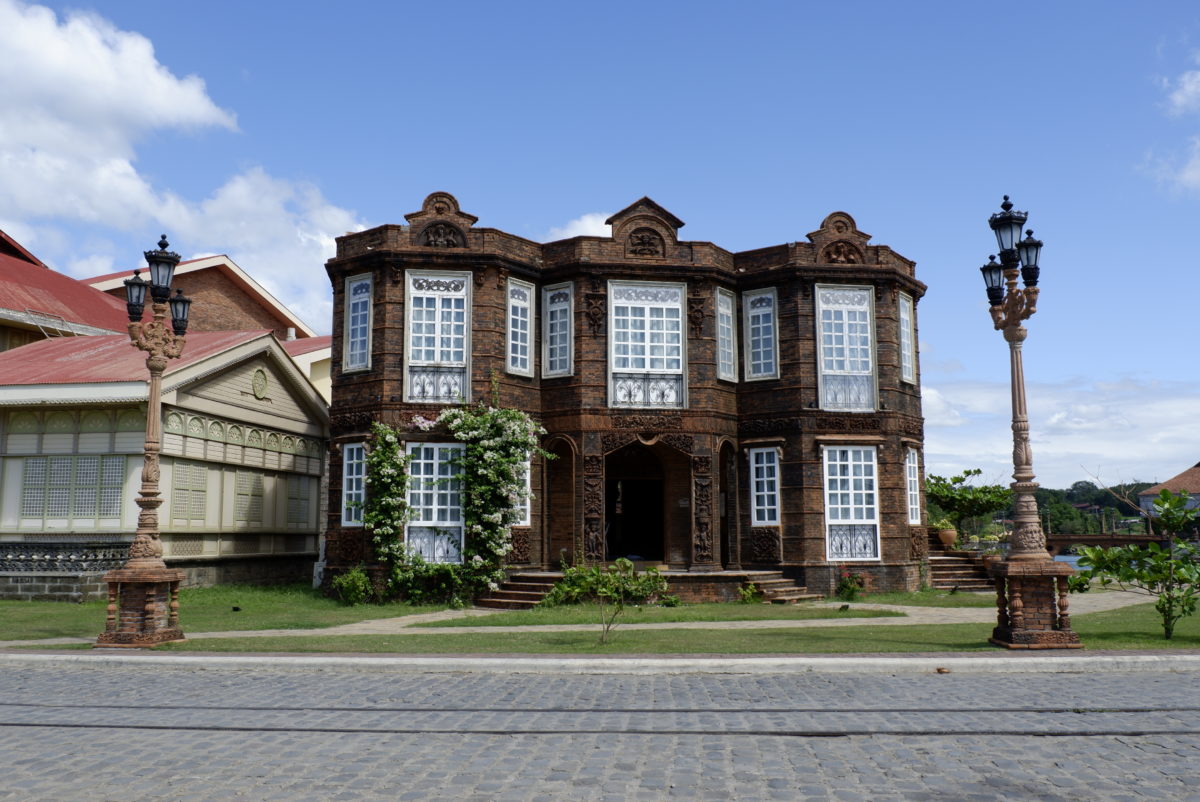
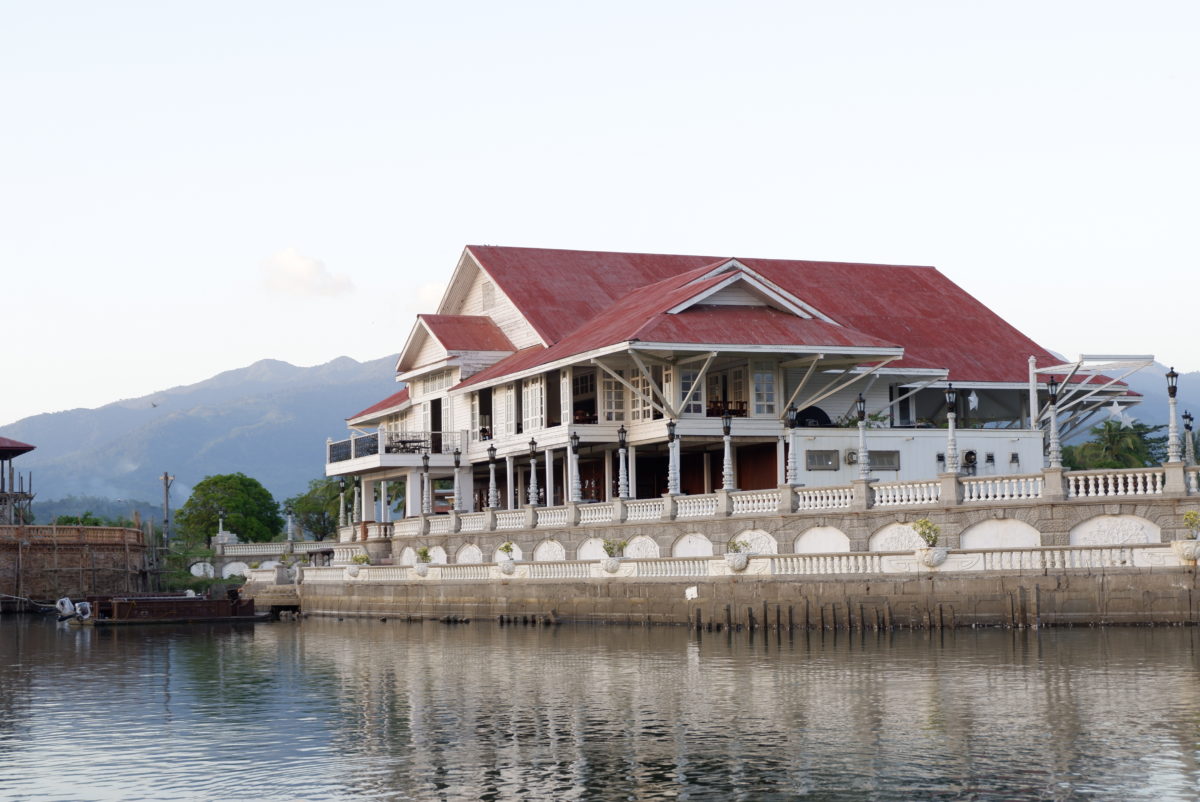
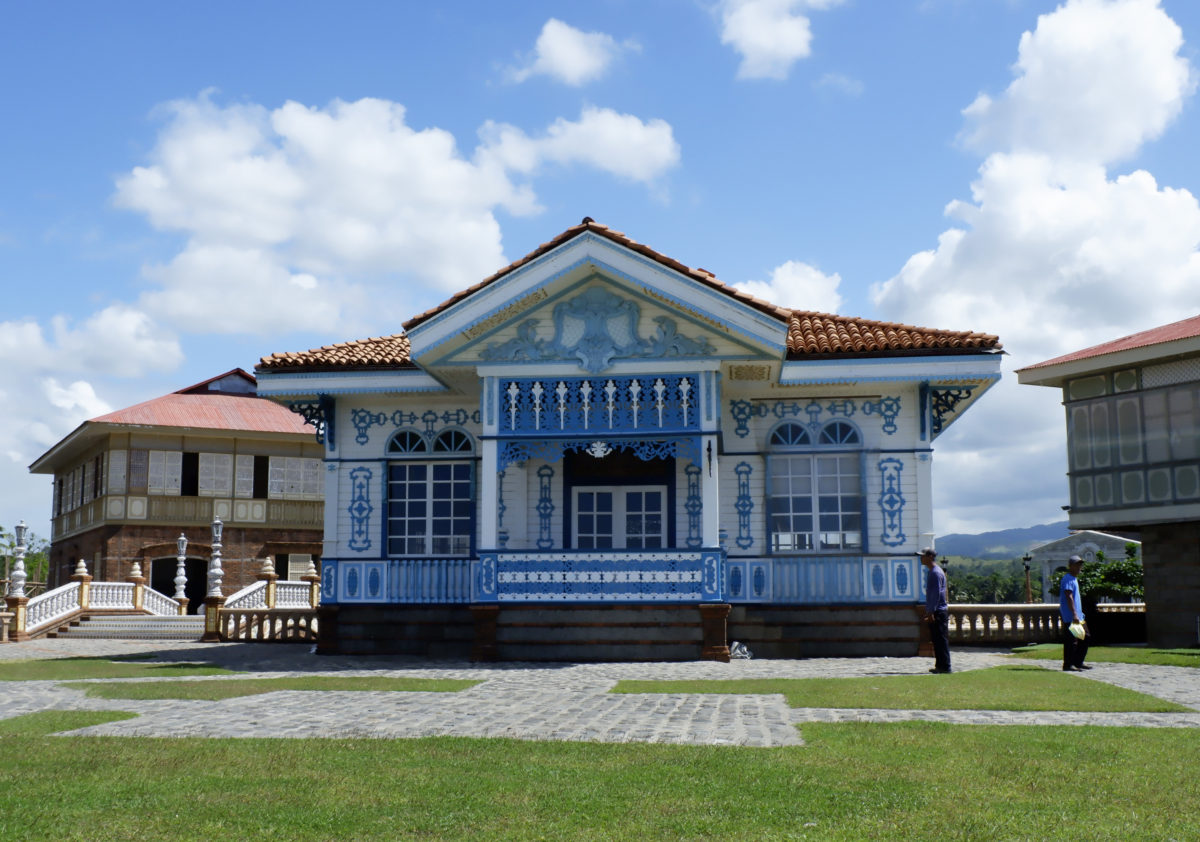
WHAT’S INSIDE
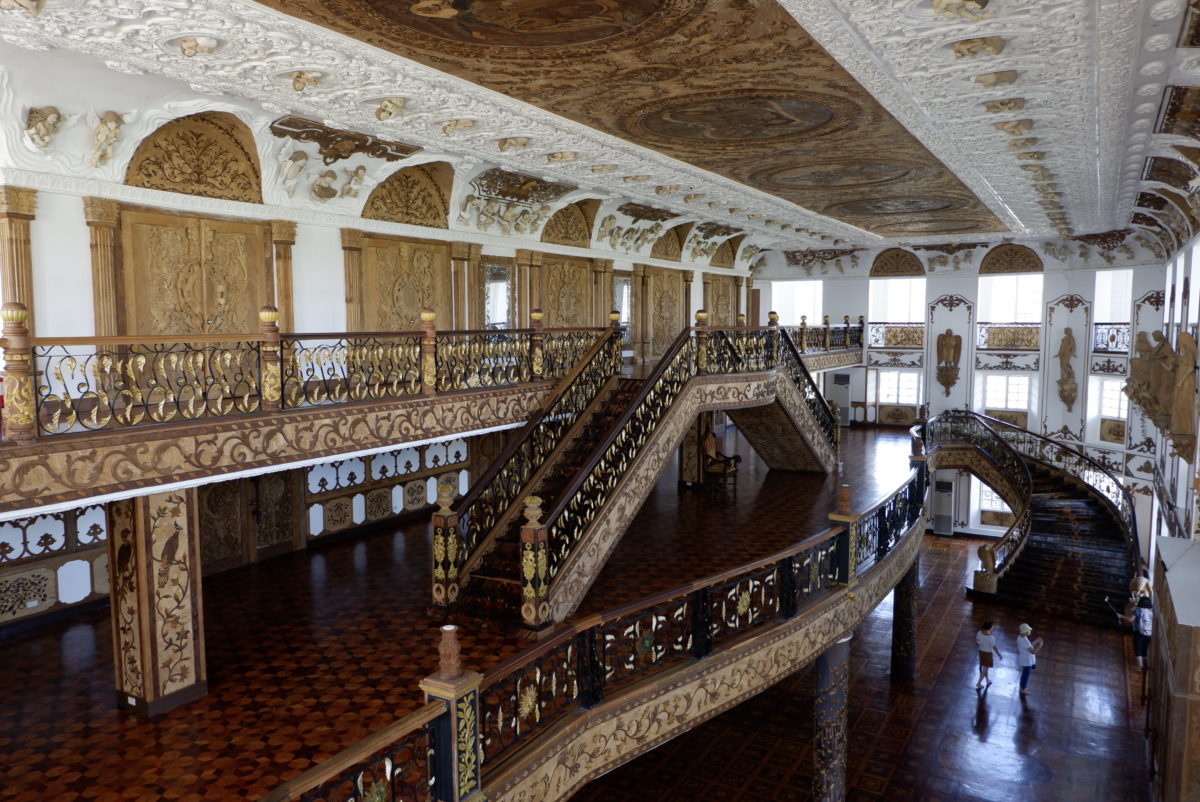
The entirety of the Las Casas Filipina de Acuzar is an ode to Early Manila. Hotel de Oriente, for one, is the first luxury hotel in the Philippines. It used to stand beside today’s Minor Basilica of St. Lorenzo Ruiz, more popularly known as the landmark Binondo Church. In fact, when the landline was first brought to the country, #1 was reserved for the Office of the President, Malacanang Palace, while #2 was reserved for Hotel de Oriente. Unfortunately, there was nothing to salvage from the grand building because it was destroyed in a bombing during the war. Now, the interiors of the Hotel de Oriente in Las Casas serve as an elegant and grandiose museum fully coated in woodcraft. The entire building is an artwork in itself. From the angelic wood carvings to the pillars and the walls, every pattern is intricate and unique. My favorites from the museum tour include the wooden mosaic iteration of the famous Spoliarium painting by national artist Juan Luna, and the intricate patterns on the steps of the staircase – something you’ll be able to appreciate as you walk on them barefoot. (Of course, you have to leave your outside shoes at the door of a casa. So Pinoy!) Amazingly, these wood carvings were made by out-of-school youth and housewives looking for extra income.
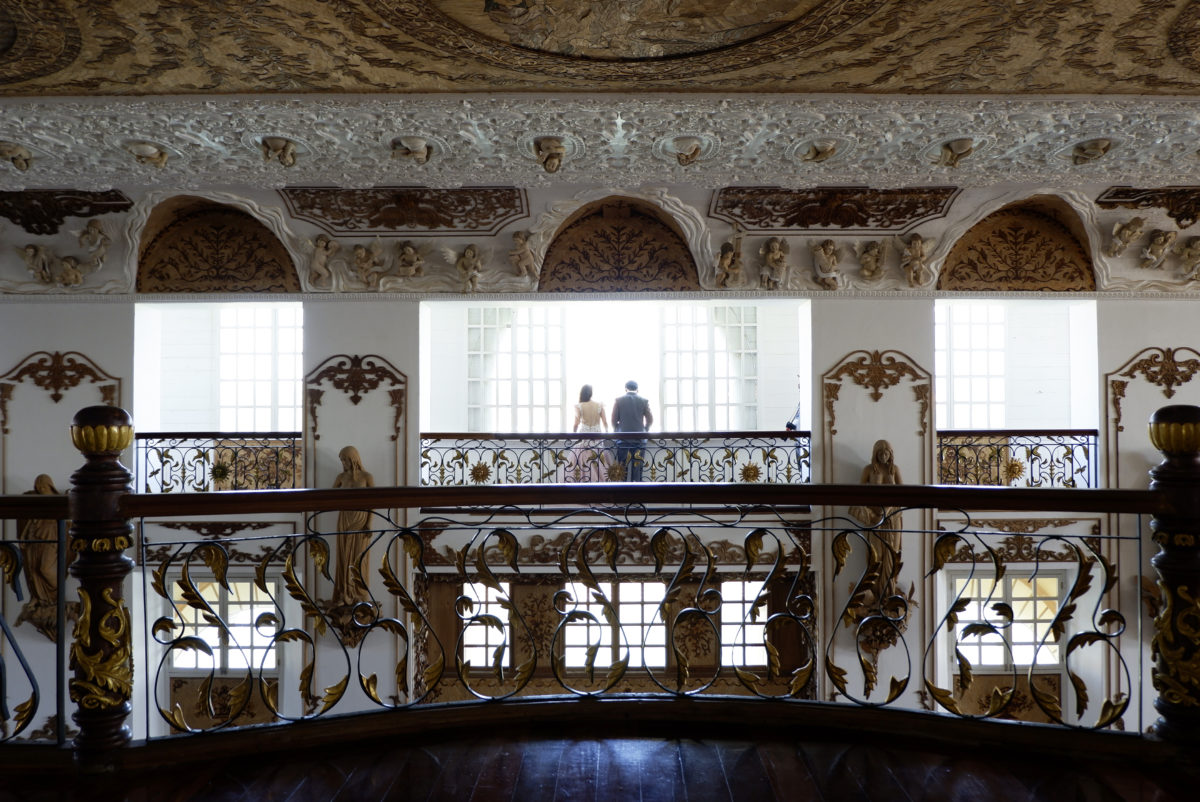
At the Hotel de Oriente, art is an experience. The artworks, though stagnant and motionless, come alive as its spectators move on, past, and around them. It was an invaluable experience–one, I believe, that can very well introduce the different articulations of old and modern local art to our children.
BEHIND THE ART
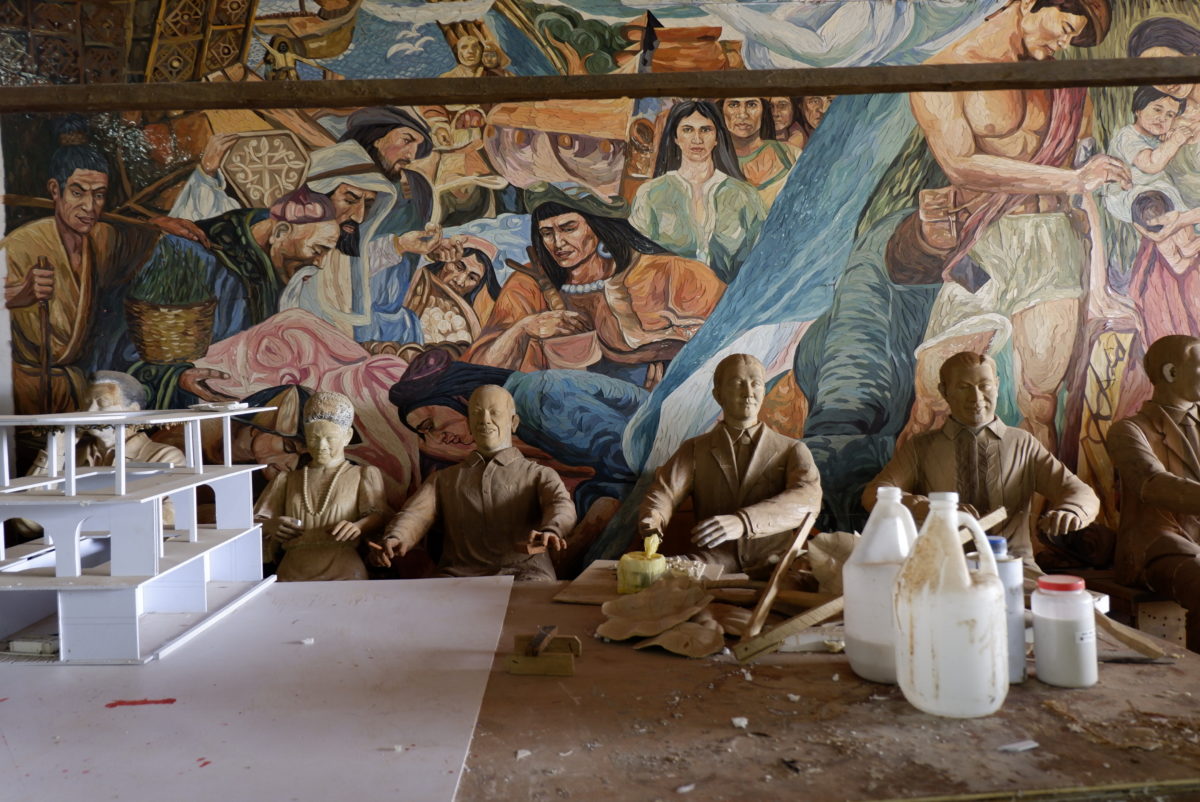
Another fascinating fact about Las Casas is how they have employed the artists who have worked on the different stunning art all around the compound. Majority are local artists of Bataan while some of the sculptors and painters have come all the way from Paete, Laguna. Among them is Celestino Fadon, or Mang Celing to his friends and colleagues. Mang Celing, who started sculpting at 15 years old, is one of the oldest scupltors in Las Casas. He seems to be a part of history himself as he was an apprentice of the famed muralist Carlos “Botong” Francisco.
Twelve years ago, Mang Celing, his sons, and a few of his friends left Laguna to follow the call of art in Bataan. He didn’t feel sad leaving his hometown, he tells us. In fact, he considers themselves as adventurers. They like going to different places where there is wood to work on and a canvas to paint on. Some of his famous works are paintings of Botong Francisco translated into sculptures– murals that tell stories of the rich and diverse Filipino culture and history. These are proudly displayed in the streets of Las Casas.
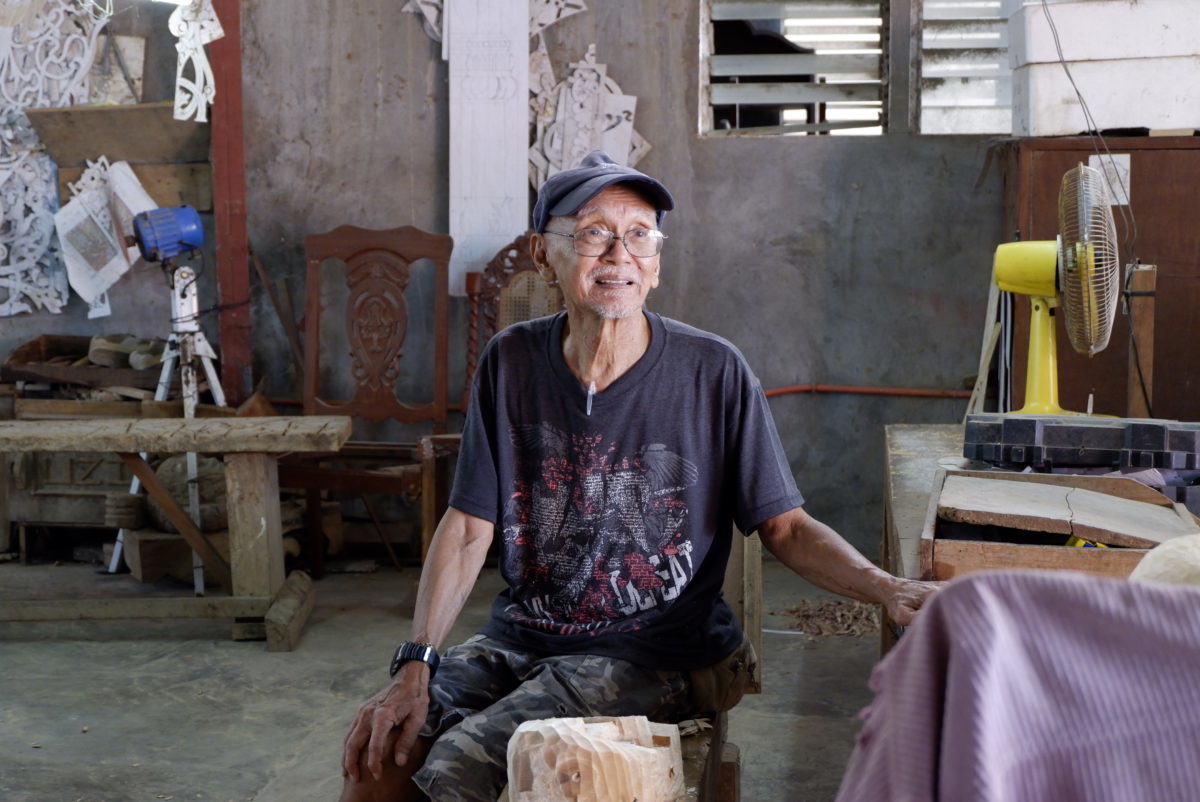
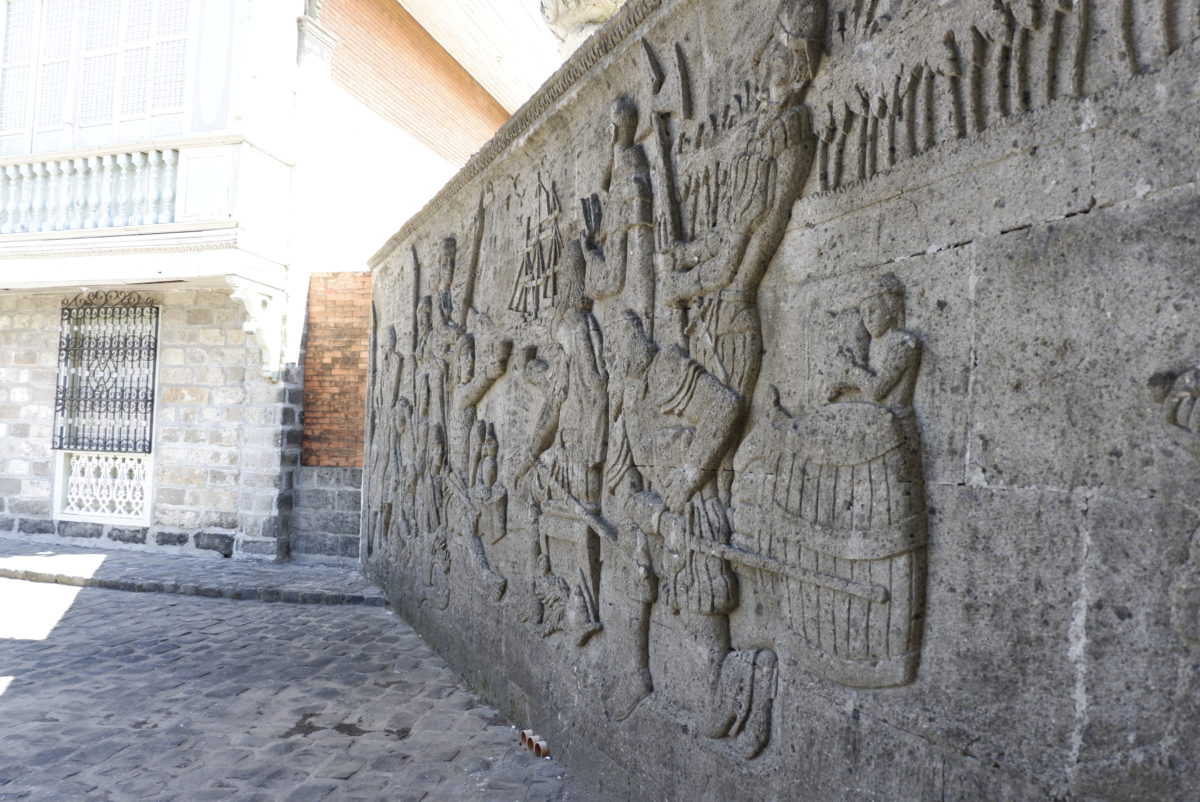
It was art that tightened his bond with his elders as well as his sons. When he was younger, the elders of Laguna taught him how to carve. First it was stone, then marble, then wood. Wood, according to Mang Celing, was the easiest to work on. With training, creativity, and precision, a carver could easily mend wood into a form he envisions. With a little more patience, he could have a masterpiece.
It was also his love for art that his sons inherited from him. Mang Celing shares that his sons mastered the skills and learned their own techniques as they gained more experiences. Once in a while, they’d still even work on a piece together.

Despite his years of experience, Mang Celing is humble enough to acknowledge the other artists of Pampanga, Bataan, and Laguna working with them in Las Casas. His love for his craft doesn’t waver despite knowing the existence of better artists. Instead, it only inspires him to do more, be more– to champion, promote, and pass down Filipino art from one generation to another.
OTHER ATTRACTIONS
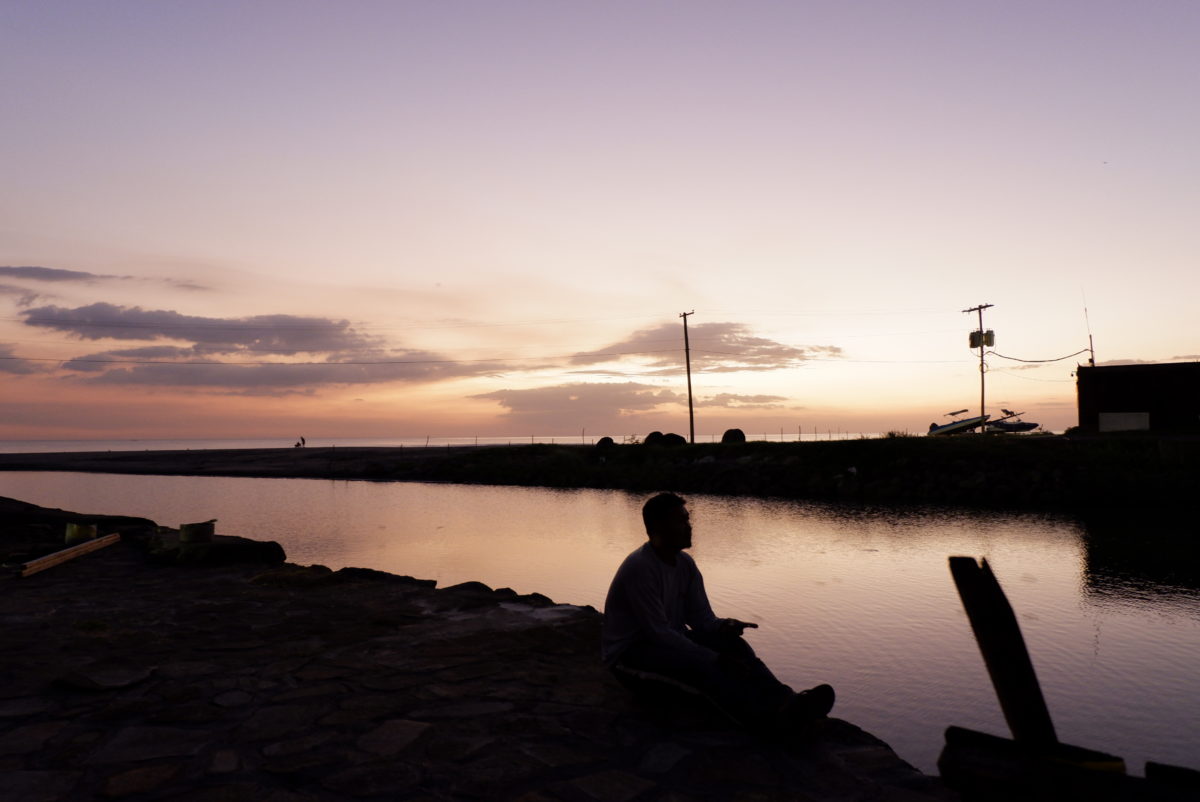
Aside from the works of art mentioned, Las Casas features many other tiny adventures for its curious and eager visitors. Aside from the start Walking Heritage Tour, three other special tours can be arranged for the compound’s temporary residents: the workshop tour, the balsa river tour, and the previously mentioned Hotel de Oriente tour.


For those who want to enjoy the sights of Las Casas in a more relaxed manner, the beach is always readily available, as well as the six cafes and restaurants that specialize in specific cuisines. The batis pool, named quite obviously to what it mimics (batis is Filipino for “brook” or “stream”), is also available to the public. Additionally, some private pools are accessible to certain casas.
One other landmark that you and your family shouldn’t miss is the Paseo de Escolta, which replicates a typical row of Escolta buildings in Manila during the 1900s. This is the more commercial structure within the heritage center, containing souvenir shops, a costume photography service, and even a spa at the first level, and rooms to accomodate hotel guests at the upper floors. The Paseo is particularly breathtaking at night.
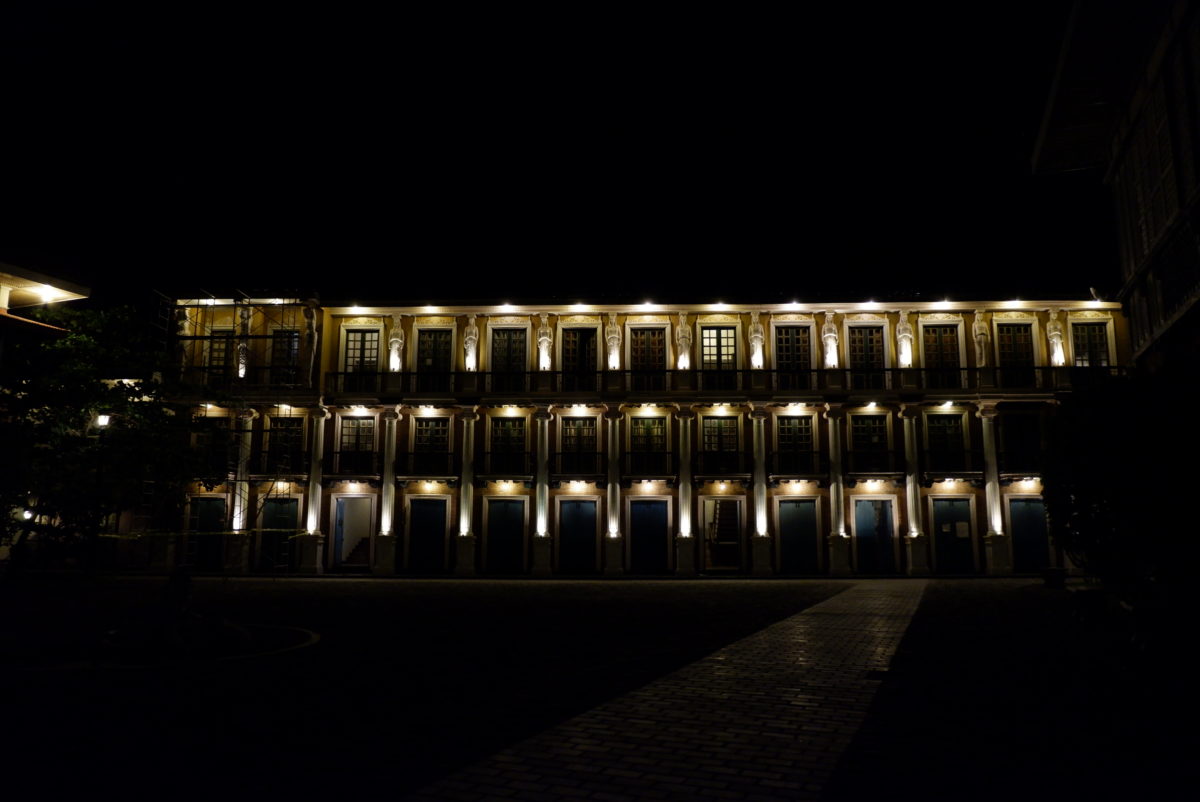
TRAVEL AND CONTACT
For those who are looking forward to a weekend at Las Casas Filipinas de Acuzar, you may:
- visit the website at www.lascasasfilipinas.com,
- send an email to reserve@lascasasfilipinas.com,
- or inquire at the following contact numbers: (02) 332 5338; (02) 877 4501-2; (0917) 872-9361
Travelling to Bataan from Manila via NLEX takes approximately three hours. On the other hand, for those looking to use the ferry ride service at Pasay City near SM Mall of Asia, the ride lasts for approximately one hour.
We hope you have as much fun as we did!
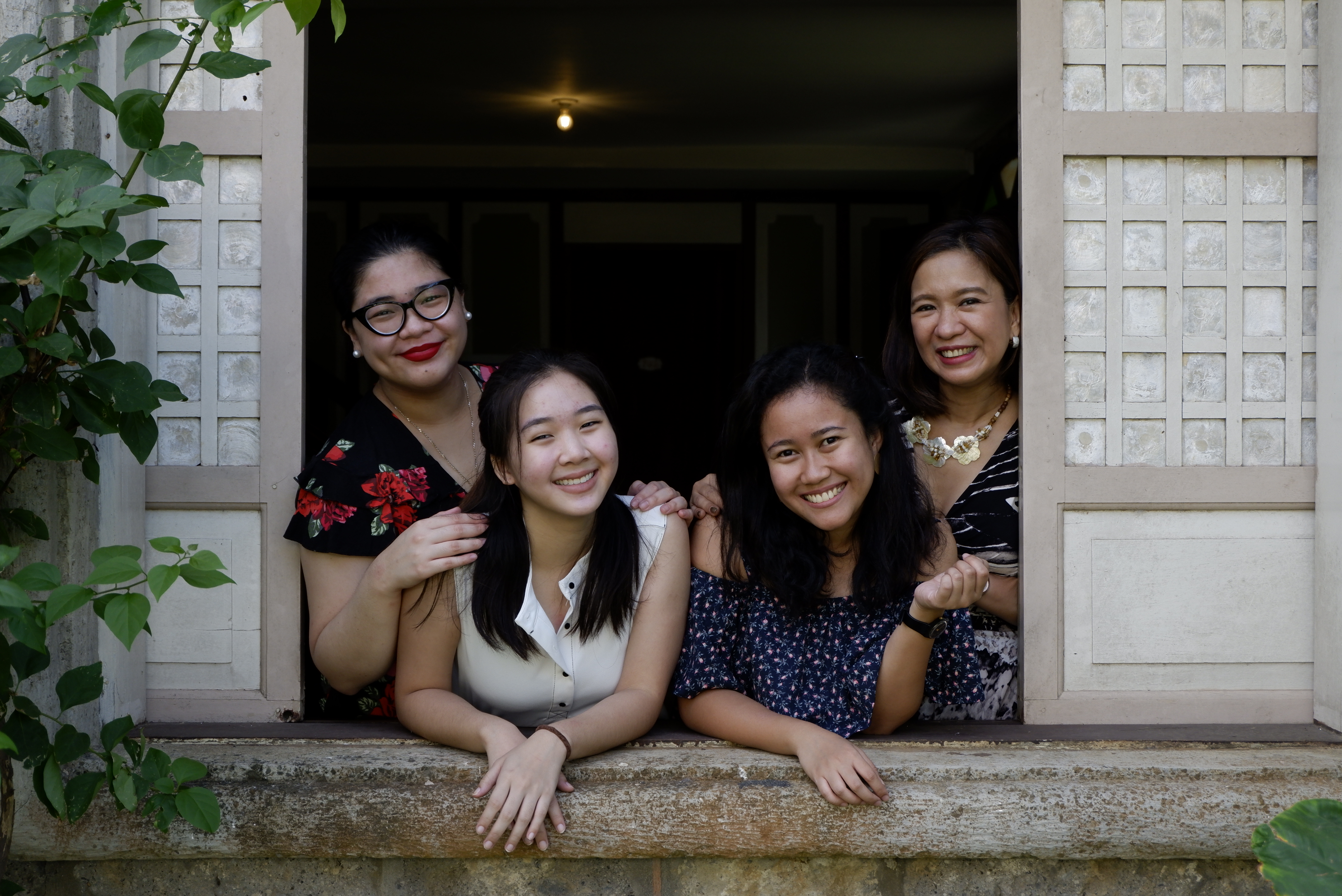
All photos credited to Luisa Matic
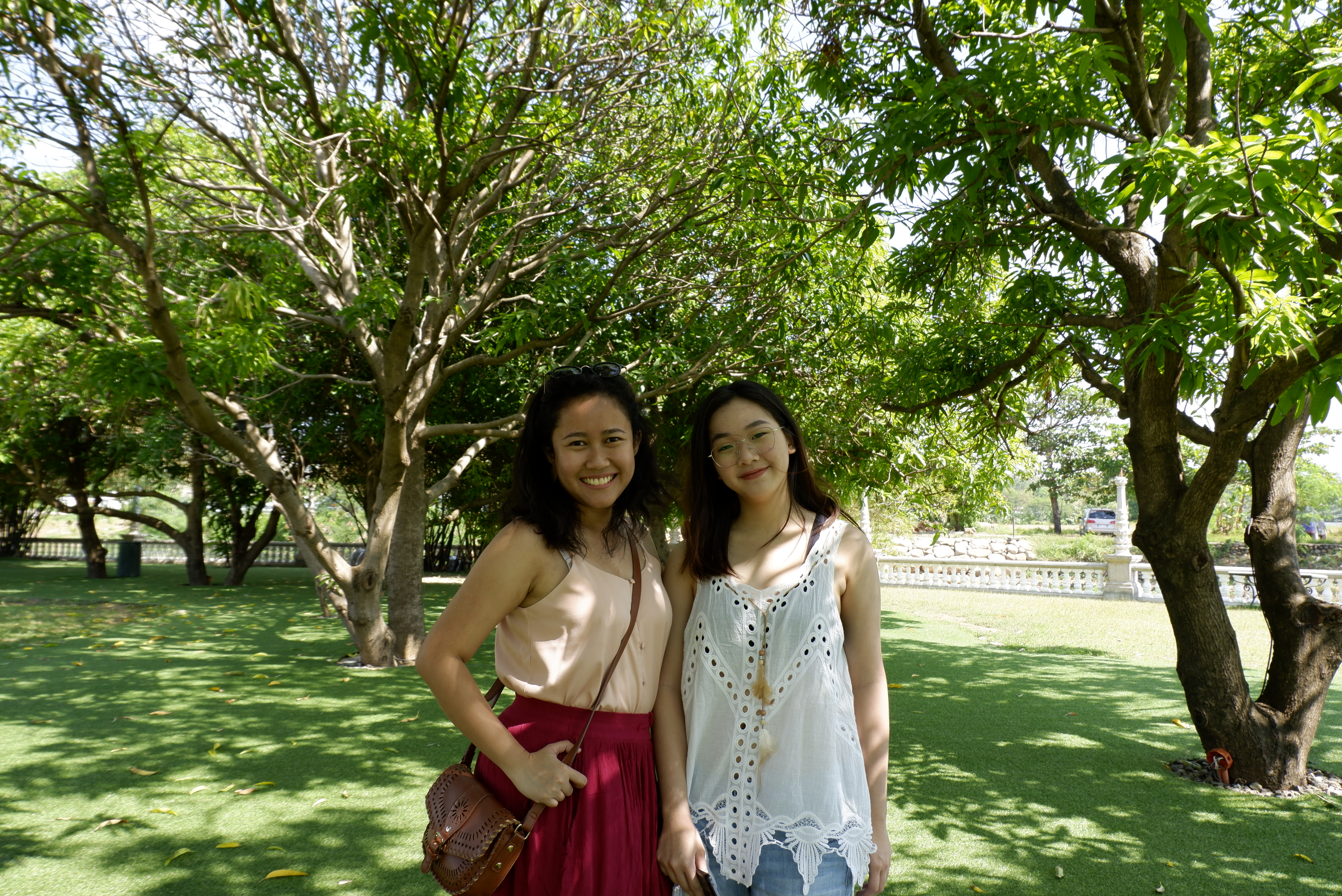
Patricia Li and Almira Manduriao are both members of the Familywise Asia editorial team. Visit About Us for more information on the team.

